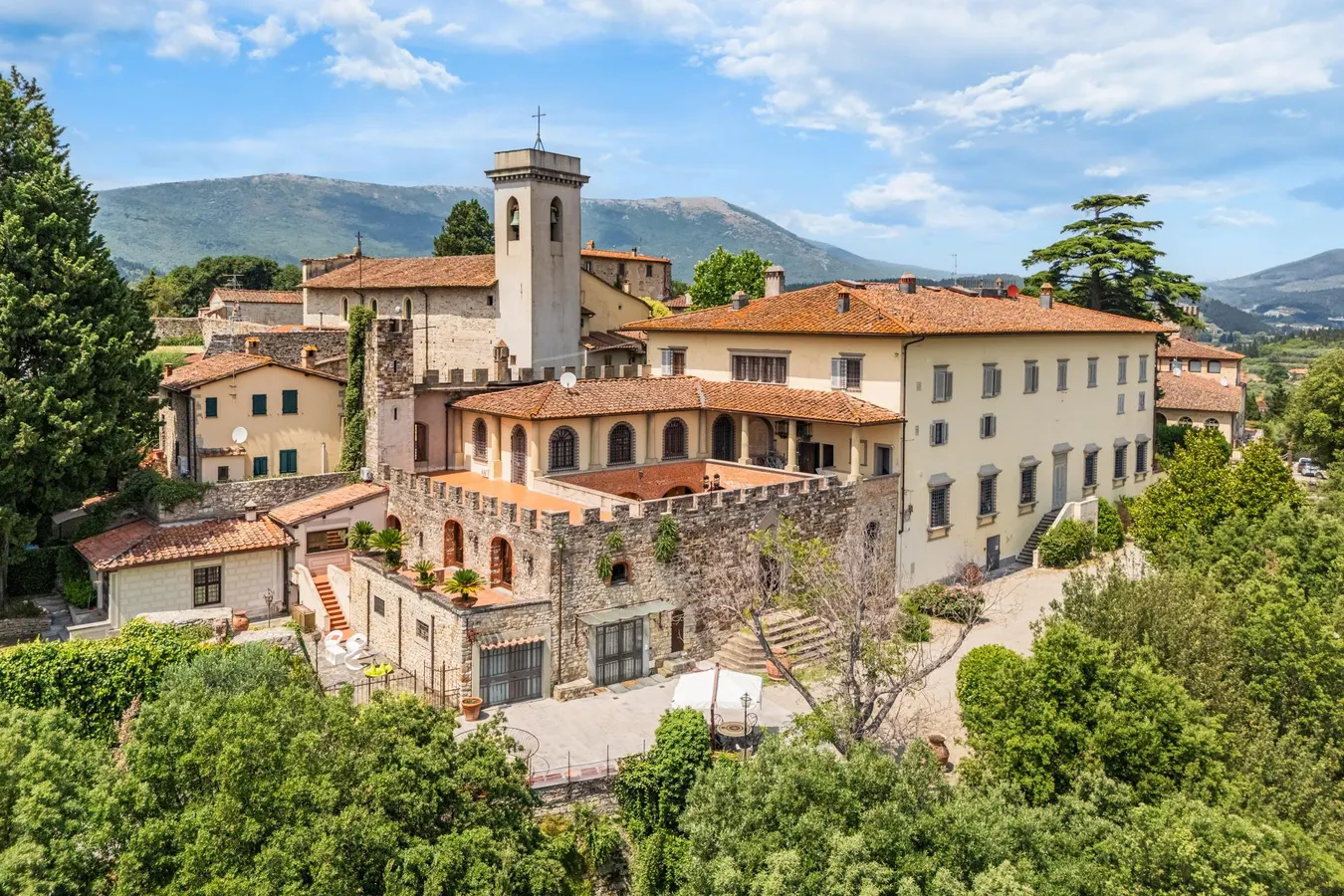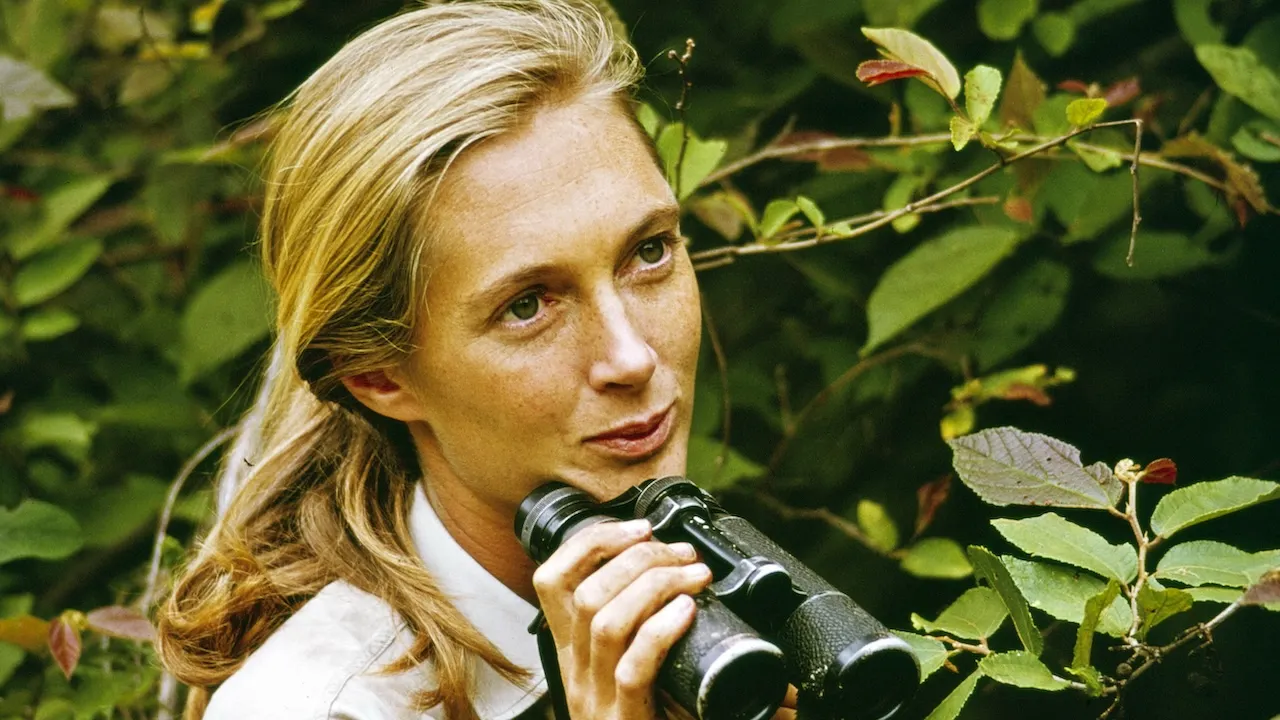Copyright forbes

With views of Florence's Duomo from the terraces, Villa Ginori is a rare historical construction: preserved architectural features, expansive square footage and in excellent condition. Building Heritage In a world in dire political flux, the super-rich are on the move. Those purely wanting sun and low taxes are jetting off for a new life in Dubai. For those happy to sacrifice square feet for a bit of Riviera glitz, it’s Monaco. But those whose cultural hinterland needs greater sustenance—art and history, life-affirming landscapes, food to feed the soul and a famously sweet, slow lifestyle (plus, it should be noted, sunshine and low taxes for the very wealthy, on top—well, they are choosing Italy. They, then, are the sort to appreciate Villa Ginori—a castellated gem in the foothills of Florence that provides illustrious history and intrigue within its ancient walls. A property whose own story starts in 1134, when this then-isolated castle on the hill was built by papal edict. On the market for €10 million (~US$11.7 million), this historic cluster also presides over its own verdant 3.4-hectare fiefdom of around 1,100 olive trees. Building Heritage In the intervening centuries, a more modern town has grown in the plains below. And you forever feel a connection with Florence, 10 kilometers (6.2mi) away, as its centerpiece Duomo can be seen in the distance from the villa’s terraces. But from within the comforting crenellations of Villa Ginori, you can’t help but feel all-powerful dominion over the surrounding hills. Invaders: approach at your peril. This is a place to hide away from the world, which is just how today’s ultra-wealthy like it. To set the scene, Villa Ginori—a pale yellow-hued mansion named after the powerful family of porcelain-makers, bankers and political bigwigs who lived here several centuries ago—and its outbuildings, including the former limonaia (a stone building that once housed citrus trees and now accommodates guests)—dominates an ancient hilltop hamlet that includes a 13th-century church and a museum. The property covers about 2,200 square meters (23,680 sq ft), including three residential units set over several levels, with an ancient courtyard as the social nucleus. The historic central courtyard, with its galleried walkways, is today's social hub—a natural reception area, both trapping the sun and making shade. Building Heritage Over time, Villa Ginori has passed through the hands of Florentine counts, bishops and aristocrats, switching from defensive outpost to lavish residence when the Grand Duchy of Tuscany was founded in the 16th century. “Under the Ginori family, the villa evolved through the centuries and changing fashions, transitioning from a casa da signore [manor house] to a suburban villa-farm,” explains listing agent Arianna Giovannini of prestige property agency Building Heritage. Its current owners are related to the prominent local entrepreneur who bought Villa Ginori as his full-time family residence in the 1970s—and they describe the “wonderful gift” of being able to call it home. Just as wealthy Tuscan families have done over the ages, they cherish being able to reunite their family in this spacious estate where everyone can have their own space while remaining close. Original architectural features abound at Villa Ginori. Imagine the swish of ballgowns across that polished parquet floor… Building Heritage Because so much of the property has retained its original architectural features—vaulted and frescoed ceilings, huge stone fireplaces bearing the star-spangled family coat of arms, staircases made from local sandstone—it doesn’t take a huge stretch of the imagination to envisage the Ginori family living it up here centuries ago. A rich, gamey supper with their famous friends, the Medici or the Strozzi, before settling down for liqueurs in the drawing room. The villa’s stand-out rooms are, according to Giovannini, the “magnificent ballroom, with high-vaulted ceilings and an ancient fireplace, and the study hall on the first floor—a fascinating mezzanine-level room that evokes the timeless atmosphere of the past,” she says. “It’s all perfectly organized between the grand reception and living areas and the more private sleeping quarters.” Grand volumes, grand staircases, grand fireplaces—Villa Ginori speaks fluent Tuscan grandeur. Building Heritage The Ginori family amassed its own collection of fine ceramics and furnishings over the years, many of which came with the property when the current owner acquired it. Building Heritage Some of the Ginori family’s furnishings, including sought-after ceramics belonging to the family’s own “Collezione Ginoriana” and portraits displayed in the main hall, came with the castle when the current owners moved in. Other details have been brought back to life by skilled restorers or acquired from Florentine antique dealers to retain a sense of living history. To spare a future buyer the pain of starting from scratch with these voluminous rooms (plus, as a vendor, what else can you do with a castle full of medieval furnishings?), the possibility of acquiring all these historical accoutrements is up for discussion, Giovannini assures. Villa Ginori evolved over the centuries, from manor house to suburban "villa farm"—but with no hint of the rural inside. Building Heritage There is one prized piece that won’t be part of the deal, however, and that’s a painting by Agnolo Bronzino, the official portrait painter of the last Duke of Florence, Cosimo I de’ Medici, in the mid-1500s, whose works hang in the world’s most renowned galleries. This is where the intrigue comes in. In October 2022, a group of art experts visited our villa to examine other works and they noticed a painting in one of the salons. They were left breathless, immediately recognizing the touch and mastery of the celebrated artist. Villa Ginori’s current owner They had stumbled across a Bronzino painting titled Petrarch, whose exact value isn’t known—though Bronzinos can sell for up to $10 million. Nor is it known why the painting was hung in Villa Ginori. Was the artist commissioned to paint one of the villa’s former owners? Did he visit and leave it as a gift? “It remains a great mystery—one that continues to intrigue us,” the owner adds. After a painstaking restoration process, the painting is now securely secreted in a vault somewhere. But with nearly a millennium of history within its walls, who knows what Villa Ginori’s future owners will discover next? Villa Ginori is listed with Arianna Giovannini of Building Heritage, a member of Forbes Global Properties—the invitation-only network of top-tier brokerages worldwide and the exclusive real estate partner of Forbes. Editorial StandardsReprints & Permissions



